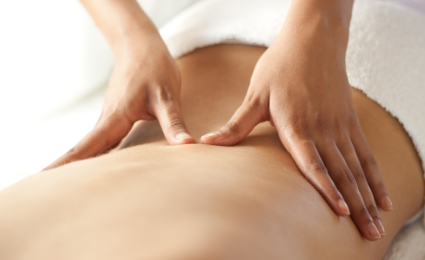0203 397 8891
Open today: 9:00am - 6:00pm

by Toby Maguire
A Taoist Master
If you are driving a car and a red warning light starts flashing on the dashboard, what would you do?
Now, I imagine that the majority of you would think the obvious answer would be option C, take the car to a mechanic. Why? Because common sense would tell us that if we ignore it, sooner or later the car will break down and come to a complete standstill. Unfortunately, when it comes to something even more important, like our own health, we quite often choose options A or B.
Pain is the body's way of telling us that something is wrong. Without pain, we would not snap our hand back from the boiling stove, rest up and allow a broken ankle to heal or seek medical help when that abdominal pain becomes unbearable. Pain is there to let us know that all is not well and action must be taken to alleviate it. Ignoring it (option A) or supressing the symptoms with medication (option B) is unlikely to solve the problem. So what are the alternatives? What else can we do to beat pain?
If the pain is not a serious health risk, then there are many alternative treatments that can be explored. For muscular pain, Thai, Sports or Remedial massage can be very effective. Muscular pain can often be relieved by deep massage therapy that releases knots in the muscles caused by injury or stress. It also encourages the flow of blood and oxygen to specific areas of the body allowing it to heal naturally. Also, massage can relieve pain in areas where muscle tension is compressing the nerves, such as sciatic pain.

Skeletal and nerve pain can also be relieved with acupuncture. This ancient Chinese therapy has been tried and tested for over 2,500 years and has now become widely accepted all over the world as an effective treatment for pain and treating disease. Using very fine needles, acupuncture stimulates the body's natural energy and immune system to focus on specific areas of the body bringing them back into balance and encouraging the body's own natural healing process.
Finally, prevention is better than cure. A great deal of pain can be avoided or reduced with daily exercise and stretching. Keeping the muscles strong helps to improve flexibility and posture and thus reduces joint and back pain. Regular weight bearing exercises also promote bone formation and helps prevent forms of bone loss associated with ageing.
Join our mailing list to receive the latest news, offers & £50 off your first holiday.